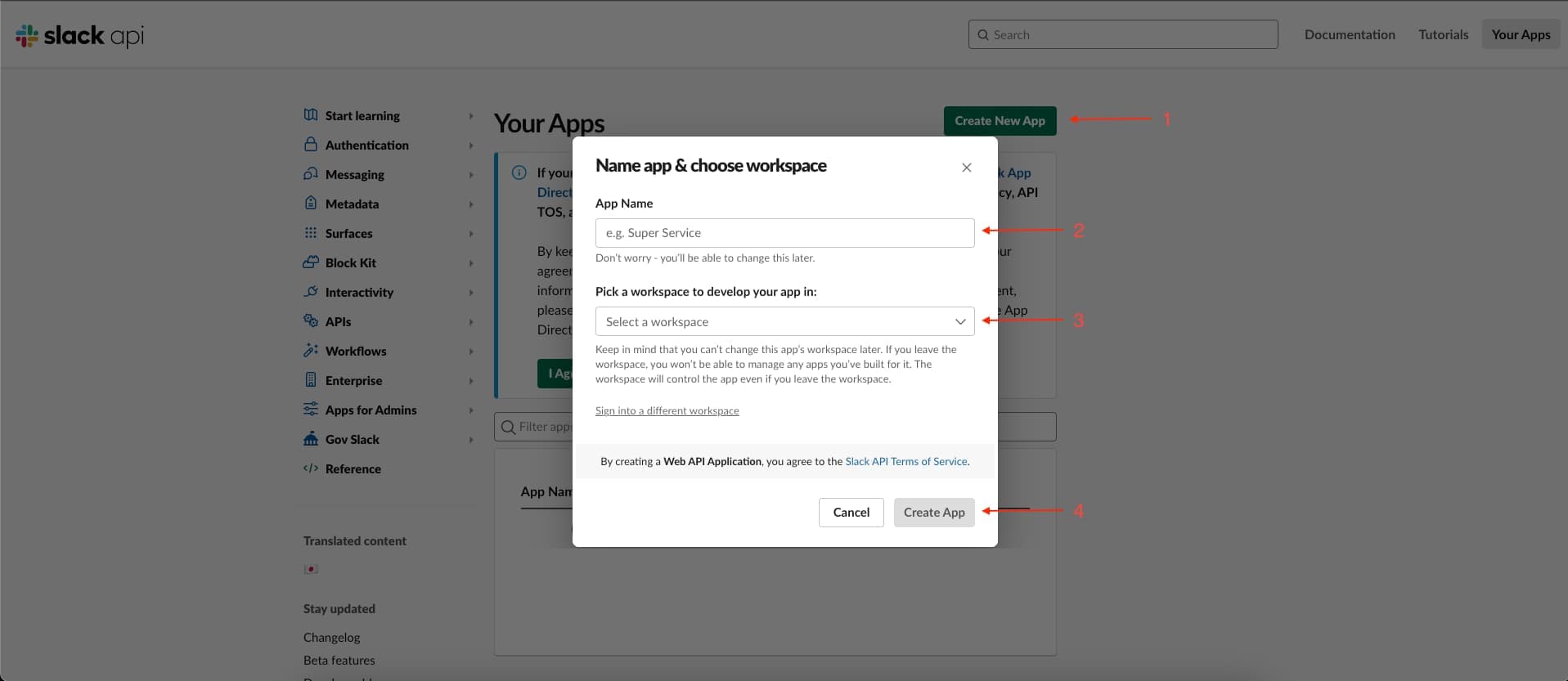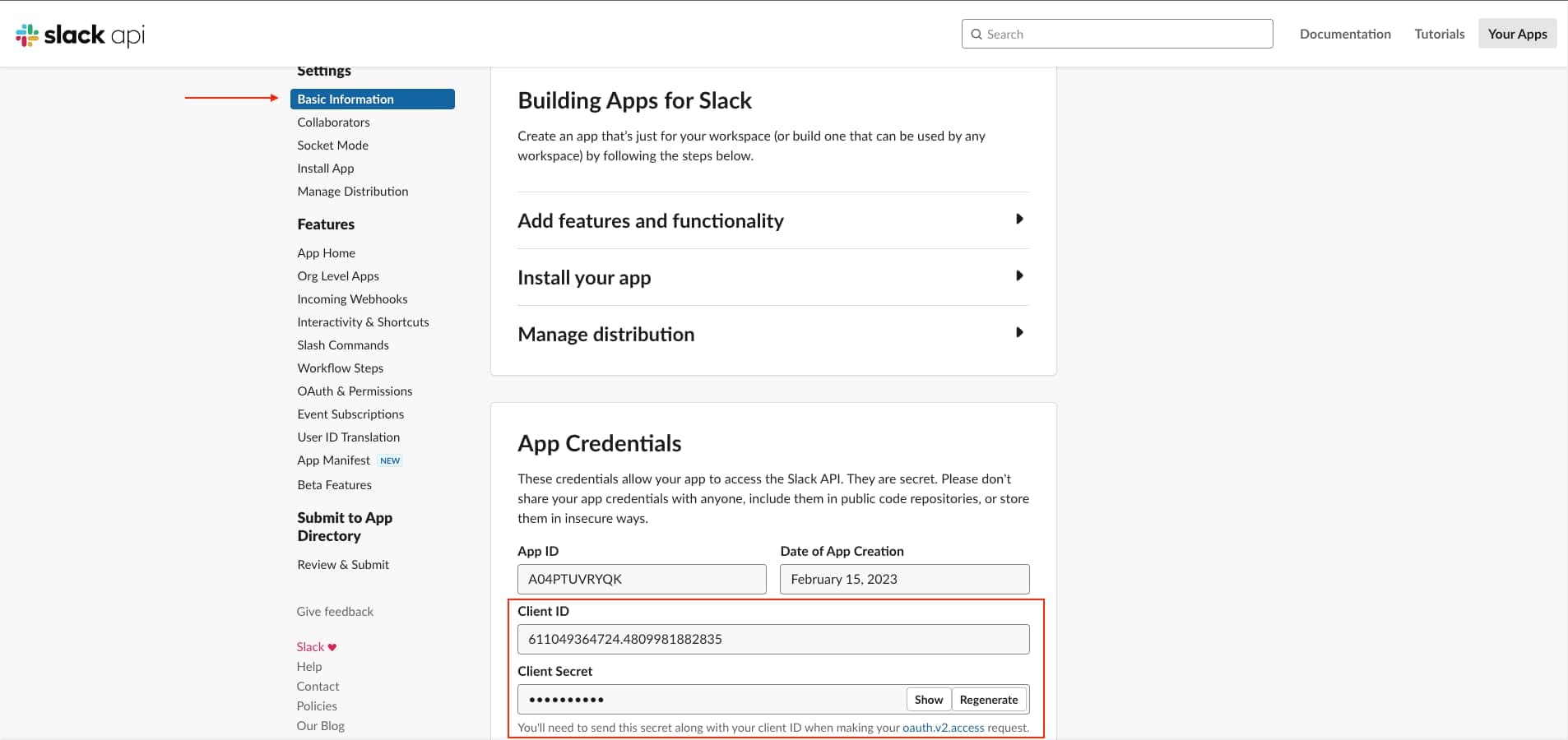Slack
How to set up social connection with Slack
Overview
Adding social connection with Slack to your app with Clerk is done in a few steps - you only need to set the Client ID, Client Secret and Authorized redirect URL in your instance settings.
Please note that Sign in with Slack doesn't support any additional OAuth scopes other than openid, email, profile, which are requested by default
To make the development flow as smooth as possible, Clerk uses preconfigured shared OAuth credentials and redirect URIs for development instances - no other configuration is needed.
For production instances, you will need to generate your own Client ID and Client secret using your Slack account.
The purpose of this guide is to help you create a Slack OAuth app - if you're looking for step-by-step instructions using Clerk to add social connection (OAuth) to your application, follow the Social connection (OAuth) guide.
Before you start
- You need to create a Clerk Application in your Clerk Dashboard(opens in a new tab). For more information, check out our Set up your application guide.
- You need to have a Slack account. To create one, click here(opens in a new tab).
Configuring Slack social connection
First, you need to create a new OAuth Slack app. On the main Slack apps page(opens in a new tab), click on Create new app. On the modal that pops up, choose From scratch, enter your application name and choose a Slack workspace to associate with it.

In the Clerk Dashboard, go to User & Authentication > Social Connections(opens in a new tab) and enable Slack. In the modal that opened, ensure Use custom credentials is enabled and copy Authorized redirect URI. Navigate to OAuth & Permissions > Redirect URLs and paste the value to add a new record.

Copy the Client ID and Client secret as shown in the above image from the Basic Information menu of your app. Go back to the Clerk Dashboard and paste them into the respective fields.
Don't forget to click Apply in the Clerk dashboard. Congratulations! Social connection with Slack is now configured for your instance.
Last updated on November 9, 2023